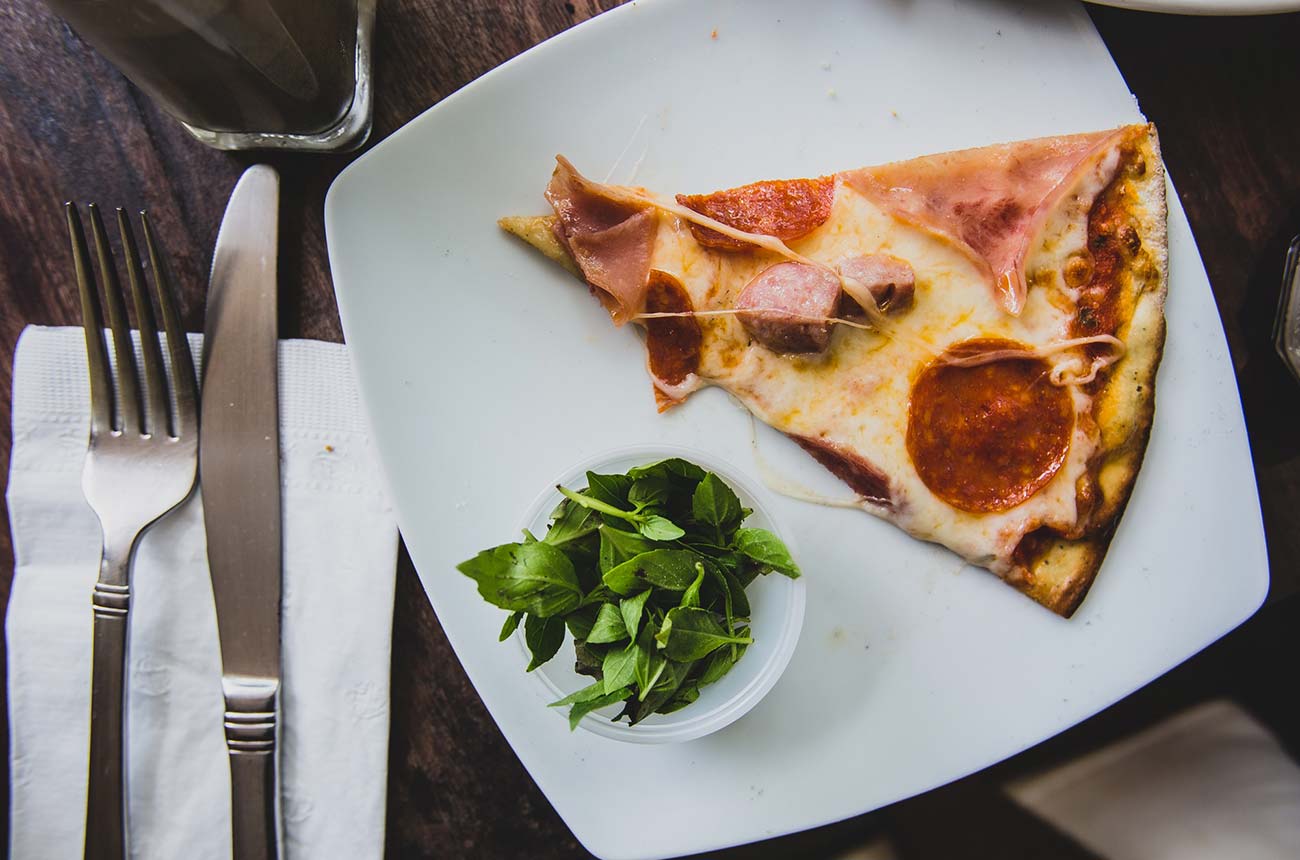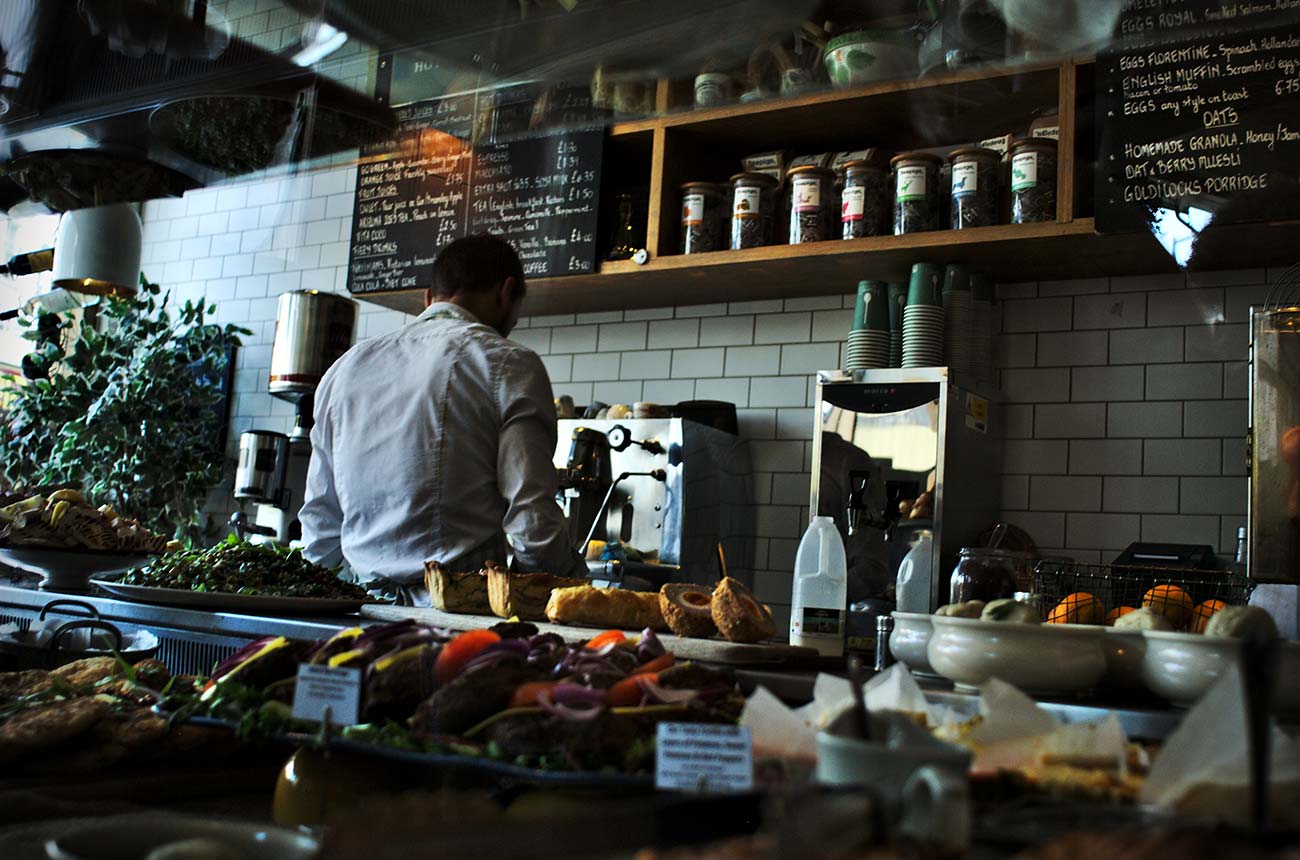The Art of Menu Planning for Catering
Menu planning is a critical aspect of catering. Here’s how to create effective menus that satisfy clients and guests.
1. Know Your Audience
Understanding the preferences and dietary needs of your audience is essential for creating a successful menu.
2. Balance Flavors and Textures
Offer a variety of flavors and textures to create a well-rounded menu. Include options that are savory, sweet, crunchy, and creamy.
3. Seasonal Ingredients
Incorporate seasonal ingredients to enhance flavor and presentation while keeping costs manageable.
4. Flexibility
Be prepared to adjust menus based on client feedback and changing circumstances. Flexibility is key to successful catering.
Effective menu planning can lead to memorable catering experiences.









.svg)